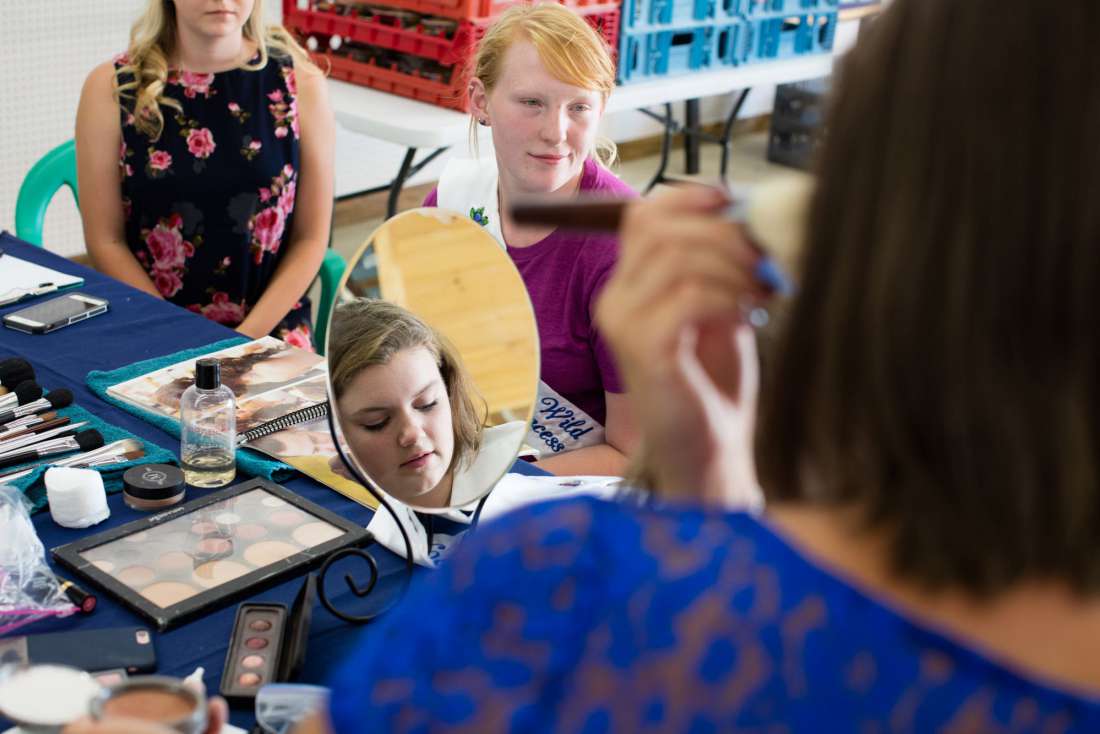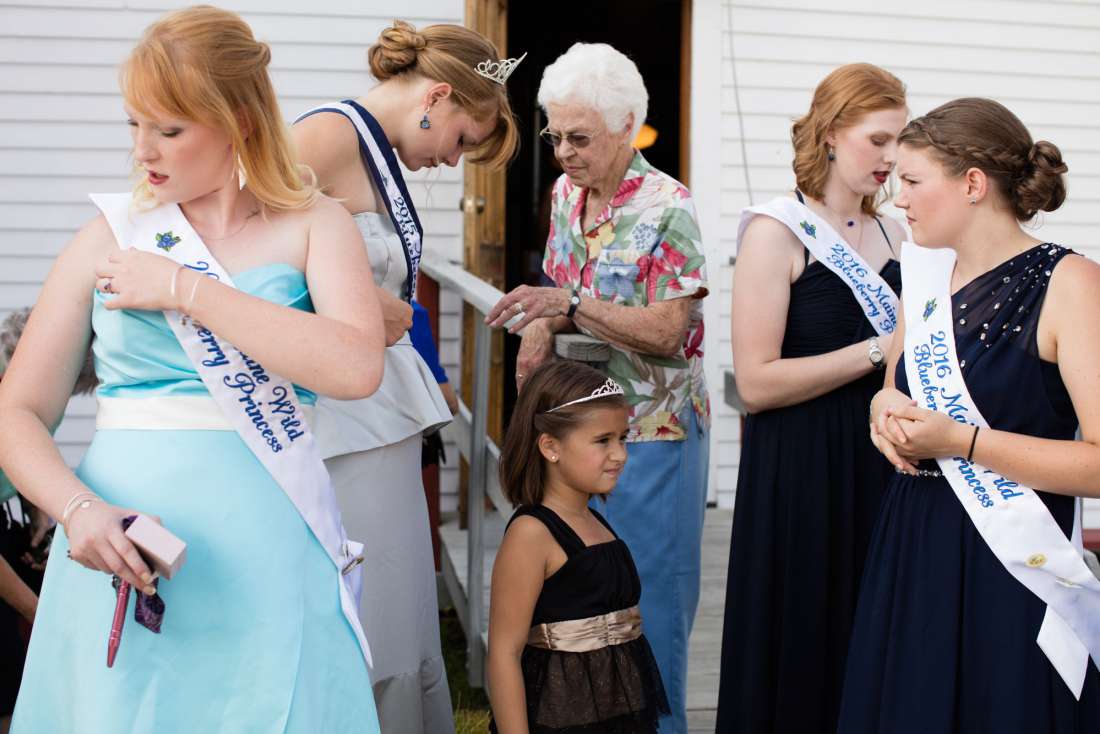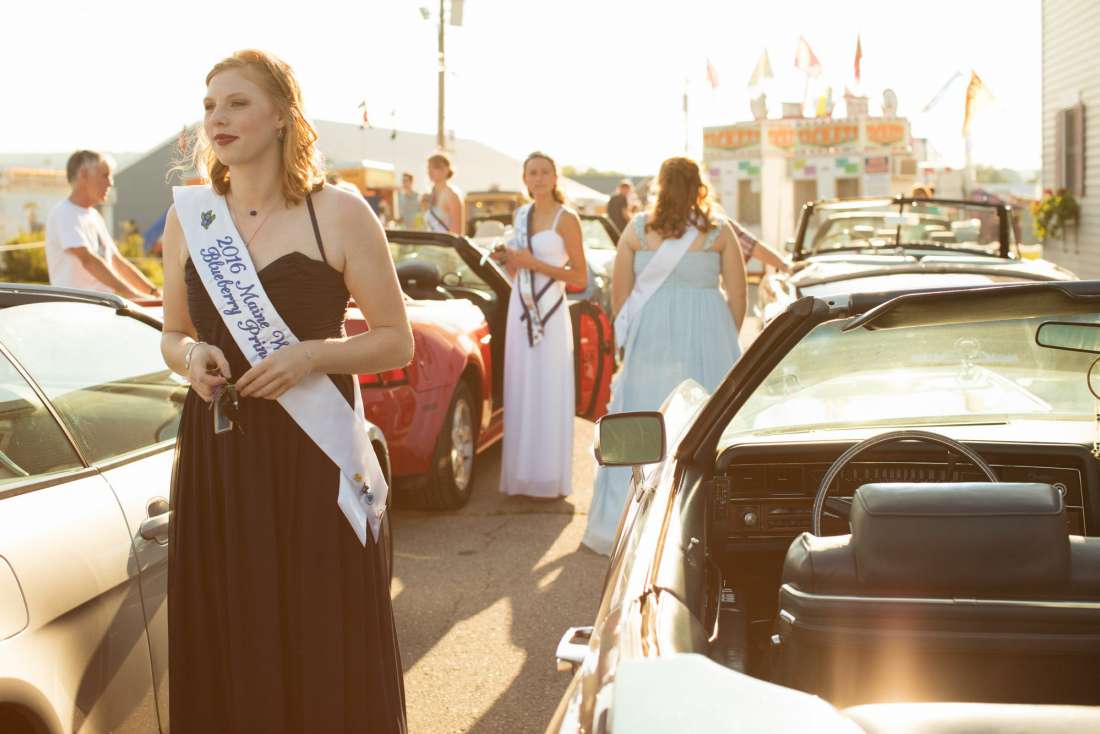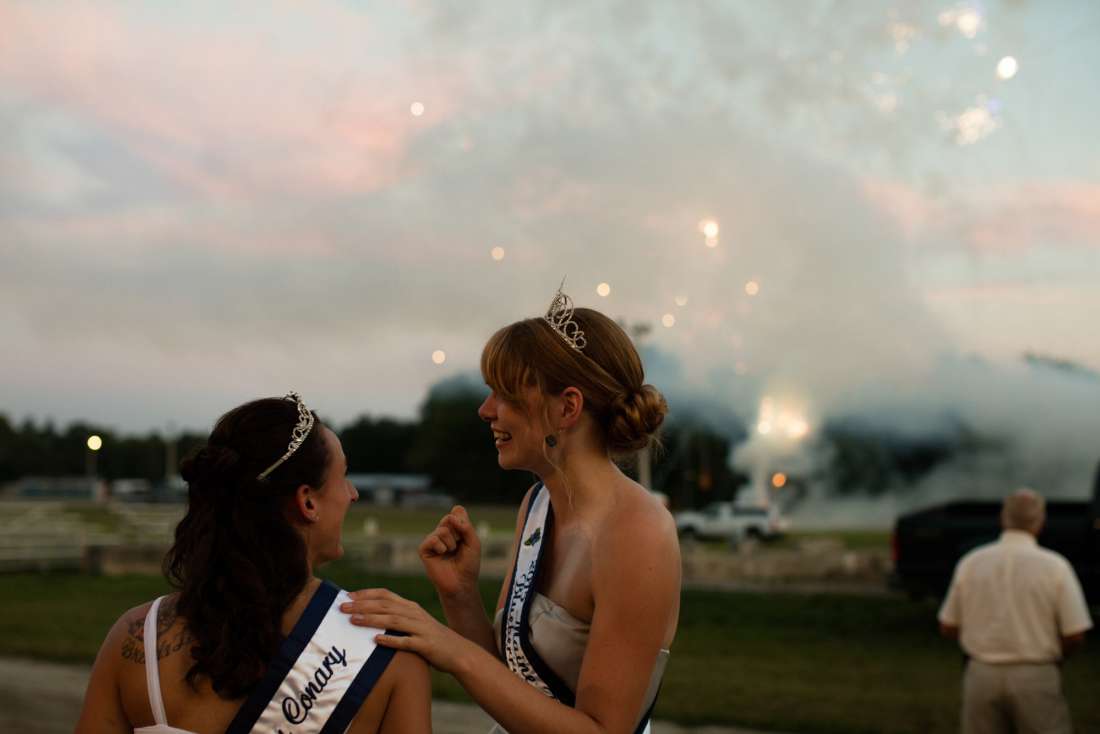Category — Features
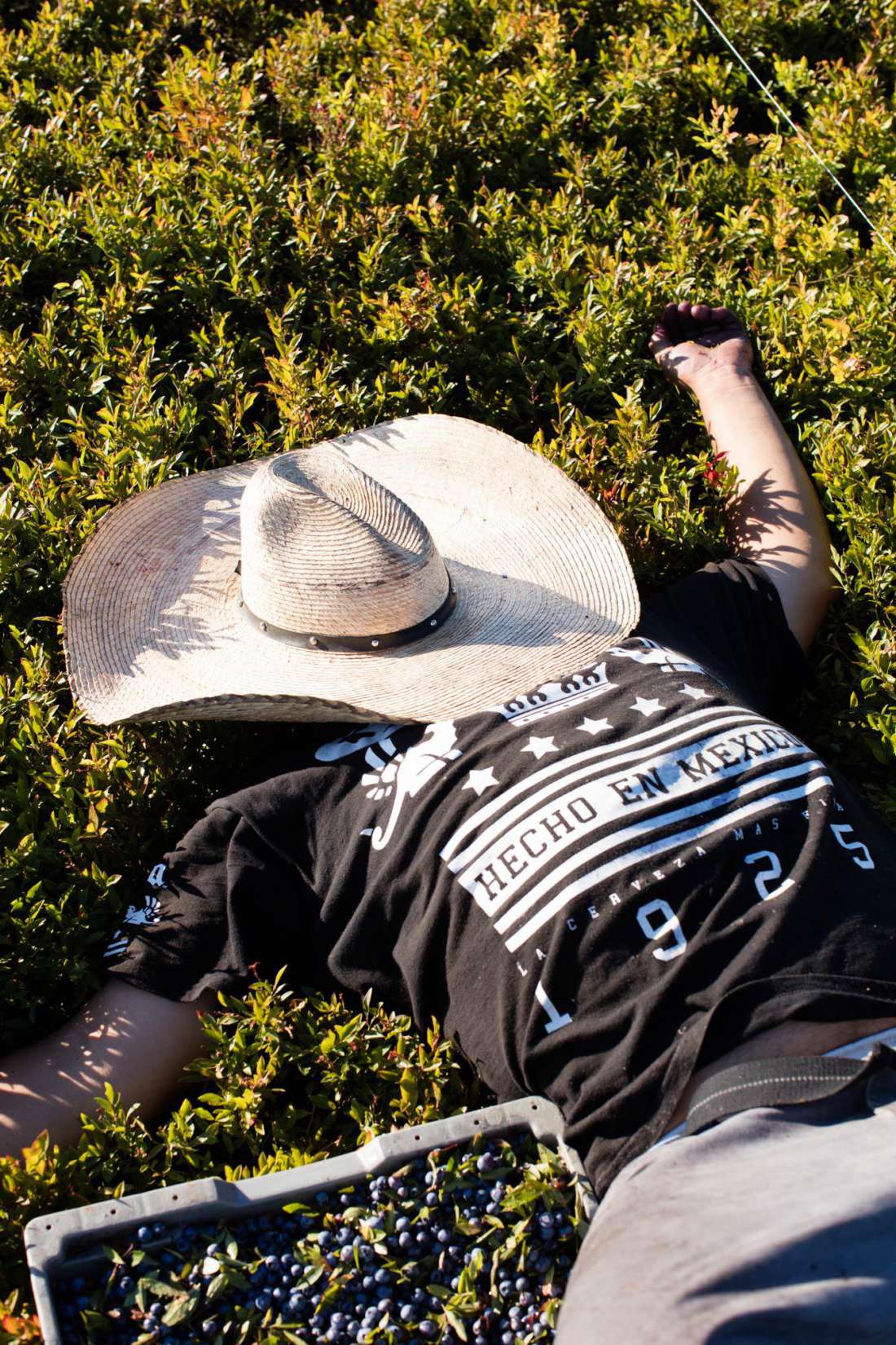
Maine: The Land of Wild...
In Maine cars have borne the motto “Vacationland” on their number plates since the 1930s. Summer temperatures in the late 20s, lakes, county fairs, lobster rolls and fried clams, farm stands, a long coastline dotted with islands, hiking and the sense that you’ve escaped the rat race and potentially gone back to a slower, quieter, friendlier time are some of the reasons many tourists flock there for the summer months.
But for the month of August, there is a segment of Maine for which time speeds up rather than slows down. The patchwork quilt of Maine wild blueberries carpeting the blueberry fields and barrens are generally harvested from the last week in July until roughly Labor Day, the first Monday in September.
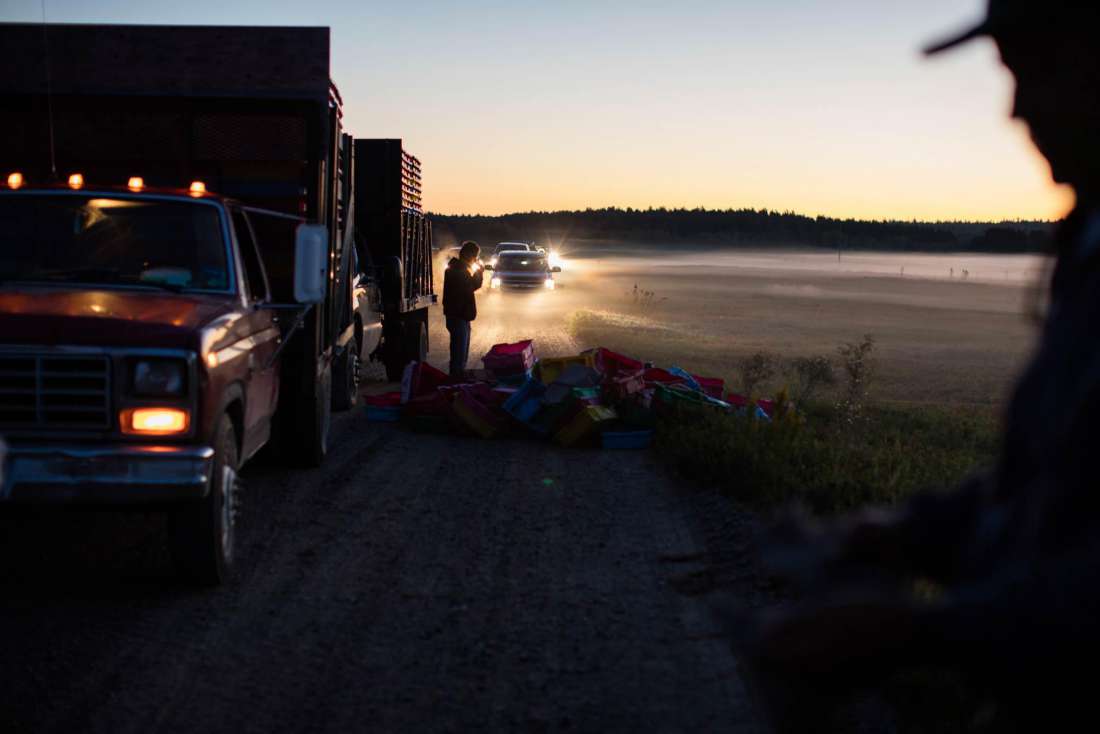
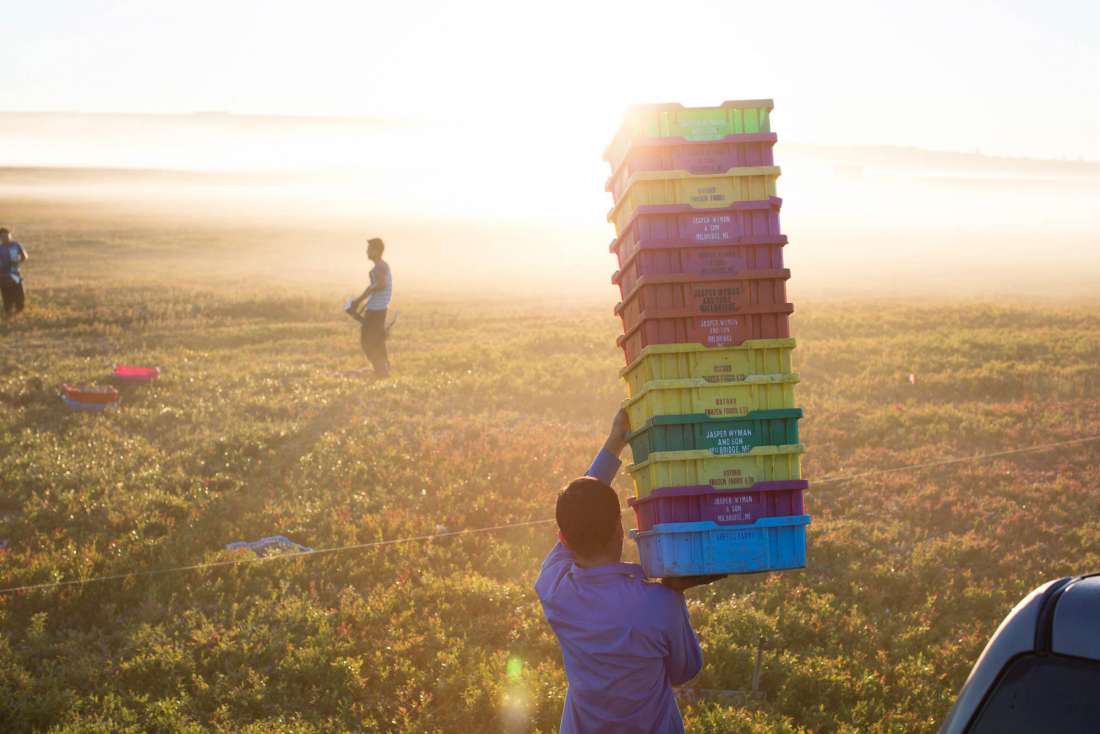
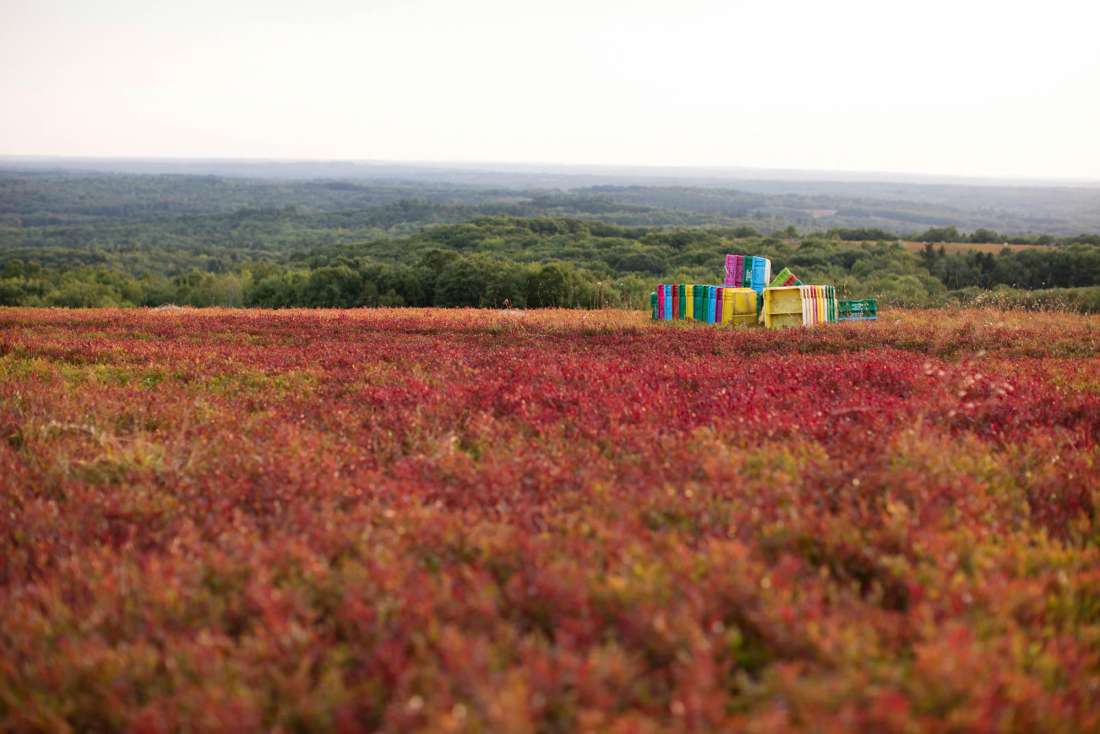
“The land out here is rougher than the devil!” That’s how Maine wild blueberry grower Marie Powers describes the rocky Cleary Hill blueberry patch she and her husband Brian own and Marie’s family has been picking from since 1936.
The wild blueberry favours the cold winters of the northern longitude and the thin acidic sandy soils revealed after the retreat of the glaciers following the last ice age, making Maine and eastern Canada the largest producers of wild blueberries in the world. In 2015, Maine produced 48 million kilograms, mainly frozen because of the delicate nature of the fruit.
Wild by nature, the wild blueberry can’t be planted like a normal crop. One of four fruits native to North America, they have been here since before the land was settled. The plants spread by underground runners and a single blueberry field is likely to be made up of hundreds of different varieties.
Lisa Hanscom’s family has been growing blueberries at Roque Bluffs in Downeast Maine since 1912. “What I tell people is that we’re a blueberry grower, but basically we’re just managing them,” she says. “They grow and we manage them – that’s it.”
As you walk through a field of wild blueberries you’ll notice the patchwork of plants change with each step you take. The different clones (varieties) produce berries of different size, colour and taste, which means the quart of wild blueberries you take home from a roadside stand is a rich and diverse mix of all the different types of berries raked from a field – tart, sweet, black, deep purple to vibrant blue.
There are only a few more days left of the season when I show up at the little hut which acts as Lisa’s winnowing room (a machine separates the leaves and other unwanted parts of the field from the prized pea-sized fruit). The winnowing room also acts as the shop from which Lisa sells quarts of “pie-ready” berries to the public. The floor of the shed is polka-dotted with little blue stains of escaped berries.
“People will ask me what time we’re open,” Lisa says. “It’s blueberry season so there really are no hours. It’s August – we’re open almost 24/7. I tell people, don’t ask me anything. Nothing else gets done. I am so tired I don’t dream.”
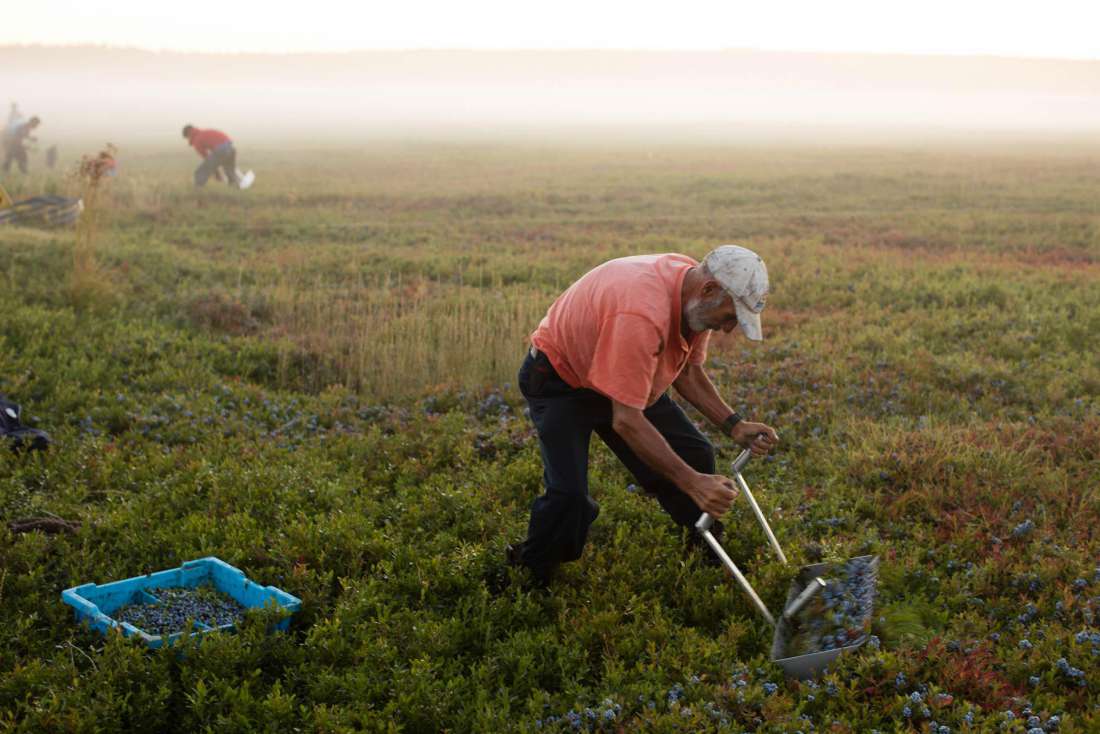
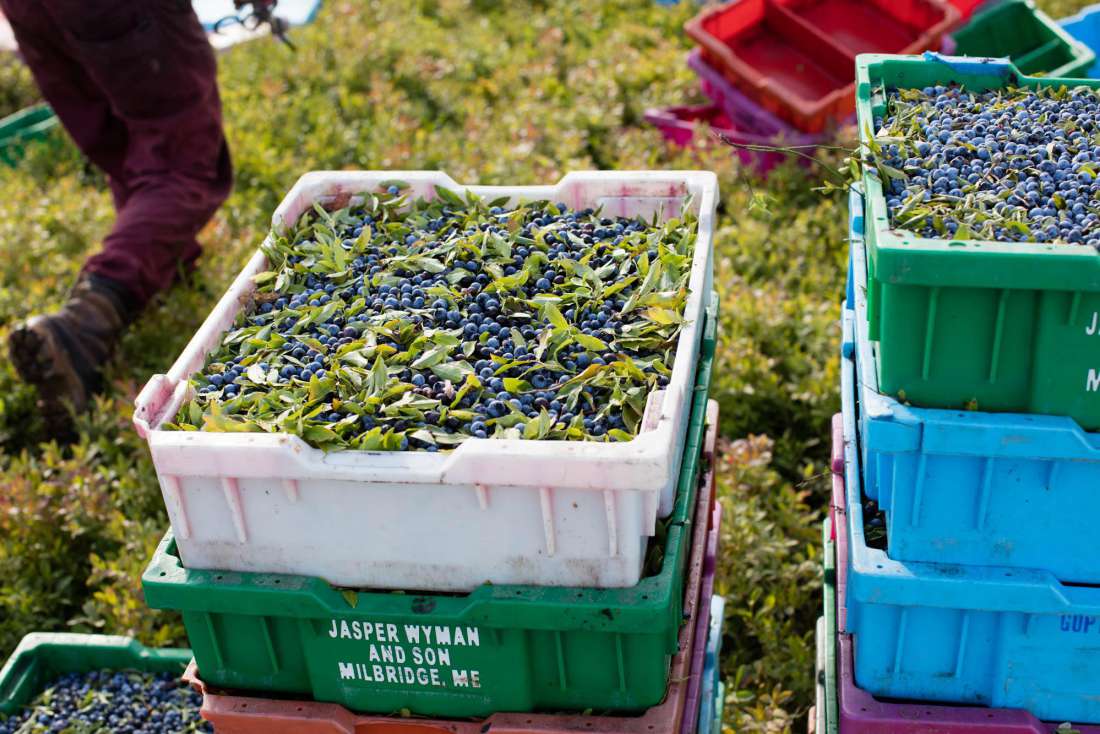
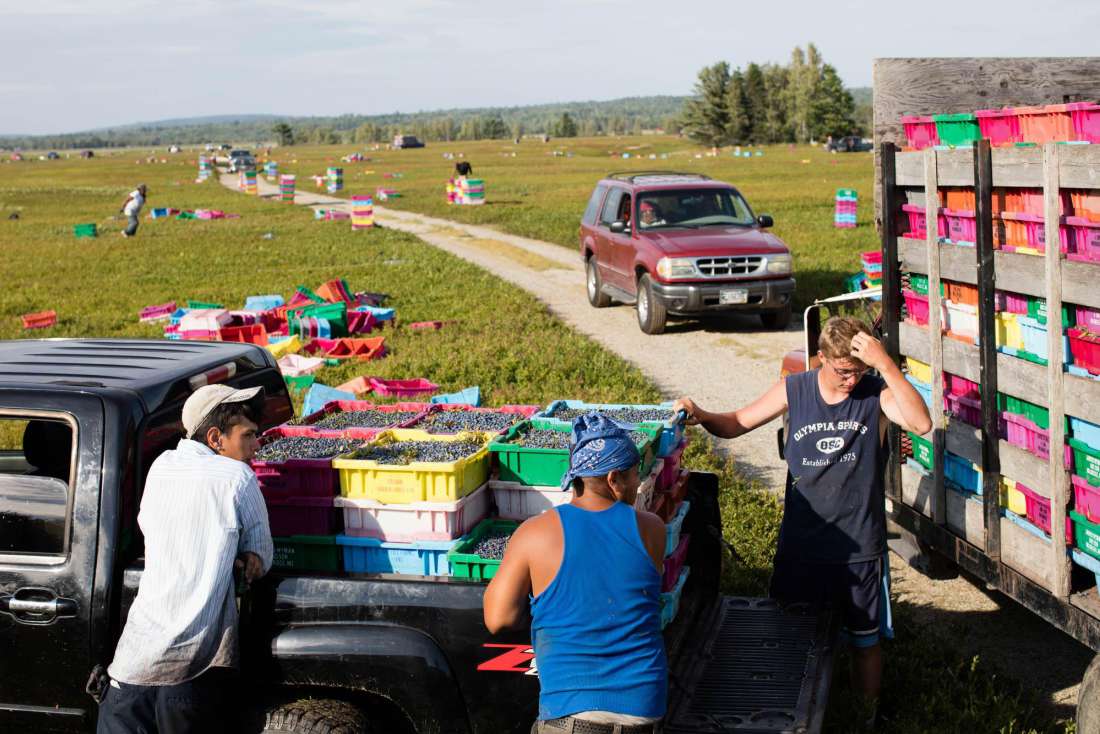
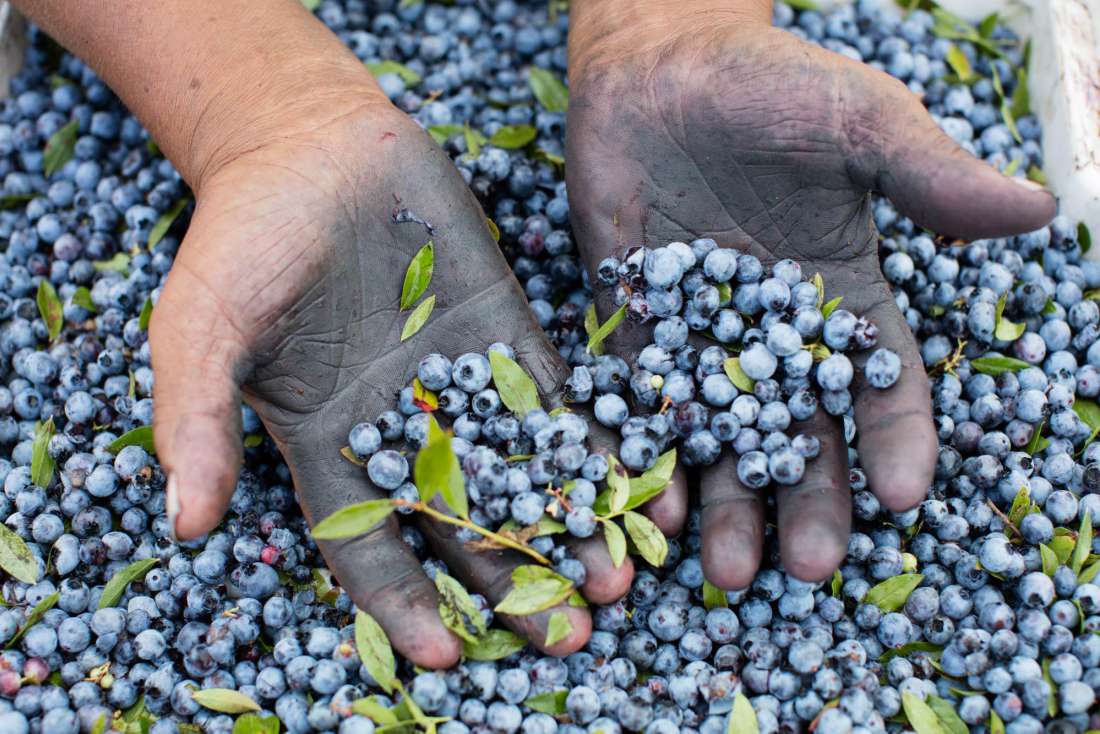
RAKING
As much as the world has progressed since the last ice age, no advance in technology has provided a way to run a mechanical harvester over the steep and rocky parts of the fields. Those areas where particular care is needed with harvesting are hand raked.
Bent over in the summer heat for up to 12 hours a day, the rakers work along their patch, which is marked off by cotton string, filling box after box with their metal-twined rakes. Raking wild blueberries is back-breaking work, although a good raker can earn over US$2000 a week, which provides a lot of motivation for pushing through.
Lisa has her theory on how you can tell whether a first-time raker is going to make it through the month-long season. “The first day they come, they’re gung-ho and feeling pretty good,” she says. “The second day they’re hurting a little bit but still gung-ho and the third day is what kills you. You’re in pain, you’re tired and you’re sitting on your butt all day thinking about why you don’t want to be here. So if you can make it through the third day, you’re pretty much golden for the season.”
Leroy Leighton is a crew leader at Wyman’s of Maine, one of the largest commercial wild blueberry growers and processors in Maine. He has been involved in blueberries his whole life, from getting lost in blueberry fields as a child to raking with his wife Connie the first year they were married so they could afford to buy a washing machine. Leroy manages a crew of hand rakers and also the stackers and loaders who take the boxes of wild blueberries hauled to the side of the field and stack them on the trucks that take the boxes to the processing plant.
According to Leroy, a good stacker, loader or raker is somebody who wants to move and is not afraid to sweat. But, he says, what makes the best blueberry raker or loader is being competitive. Talking about his son Ben, he explains that it’s his competitive attitude that makes him so good at what he does on the team. “[Ben] will look across and see Harry’s crew and they’ve got two pallets on the truck and he’ll say, ‘That guy’s not going to load more blueberries than me so let’s see if we can beat them’. And so they’ll pound it and pound it and he’ll hoot and holler when they beat them. And that’s what makes a good worker up here – you’ve got to be in competition. And Benjamin is – he’s a working machine.”
Tracy Timely is a first-time raker on Leroy’s crew this season. He’s taken two months off his job at a home improvement store and lumber yard in Mississippi to work in the blueberry barrens in Washington County. Tracy is a fit-looking guy in his early 20s, but the physicality of raking blueberries isn’t lost on him. “I work at Lowe’s throwing 50-pound bags of concrete and in the lumber yard,” he says, demonstrating he isn’t exactly a stranger to hard work. “But that is nothing compared to being bent over raking blueberries 12 hours a day, nothing.”
At Wyman’s the three crews of hand rakers are made up of seasonal migrant workers mainly from Florida, Mexico and Honduras, who are working their way through the various picking seasons in the United States – highbush blueberries in New Jersey, oranges in Florida, apples in Pennsylvania and back to Maine for pinecones and fir tree harvest for holiday wreaths.
On Saturday in the blueberry barrens there is a slight fiesta atmosphere – Norteño music blares from some of the pick-up trucks and a few people dance in the fields, taking a break from being bent low over the field. Leroy is estimating there are only a few days of the harvest left and there is the distinct feeling that the hard work is coming to an end. The main priority at the end of the season – “Getting a good night’s sleep.”
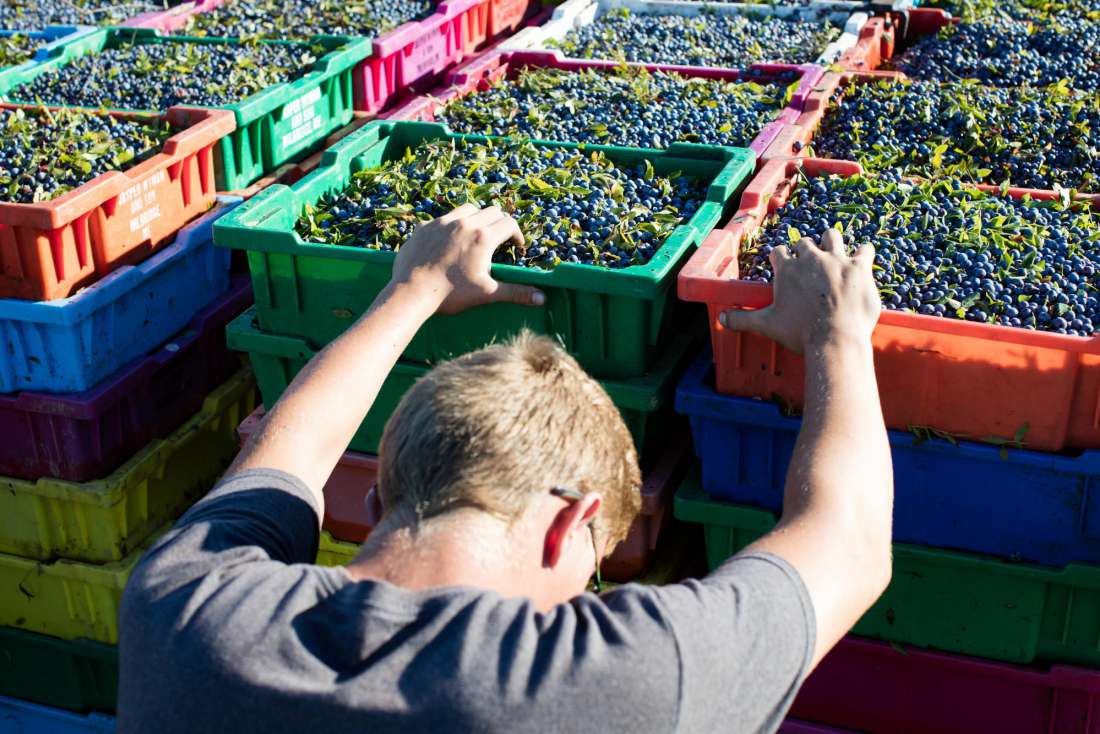
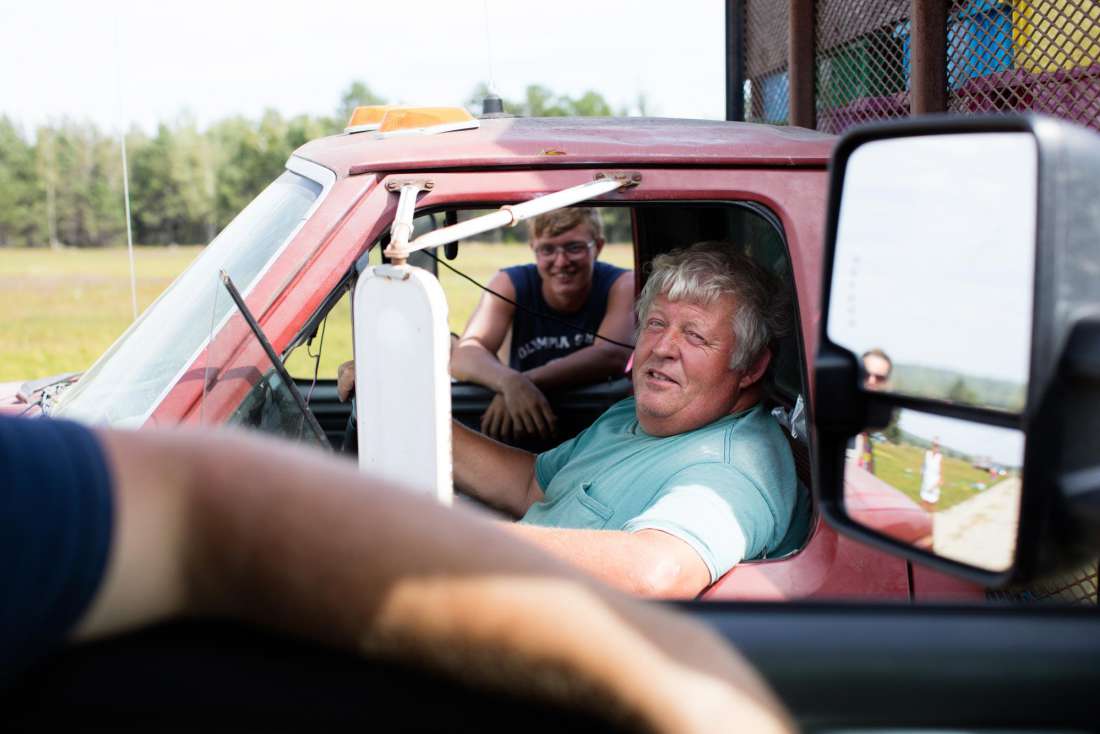
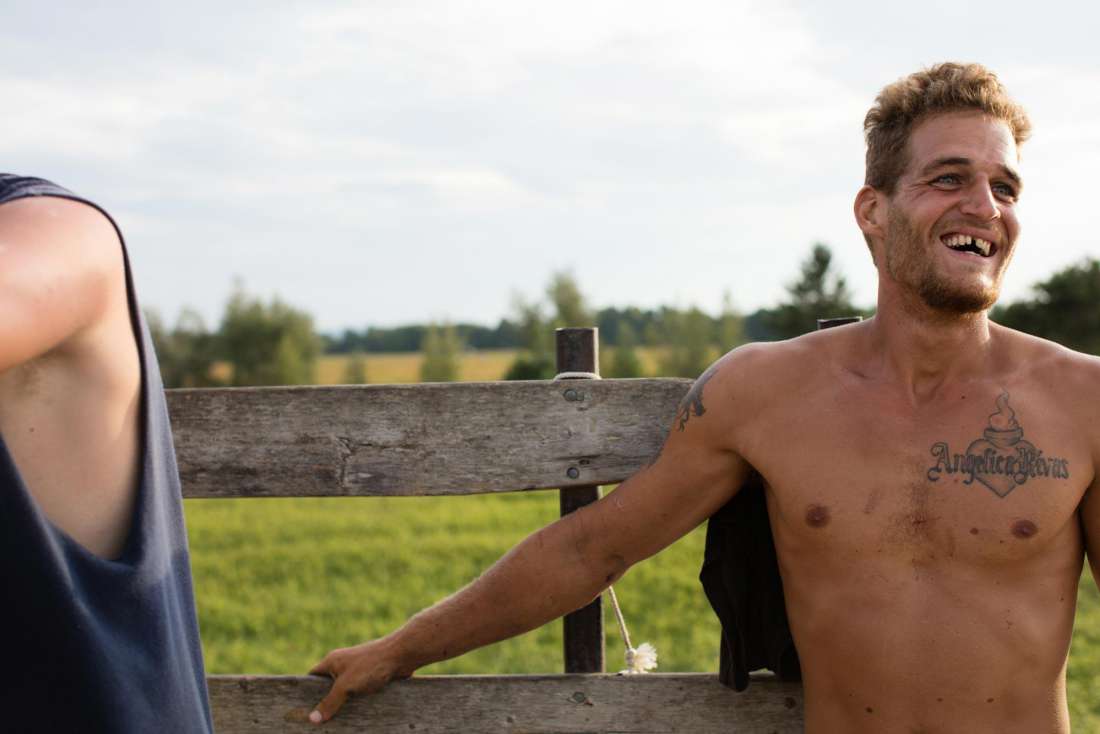
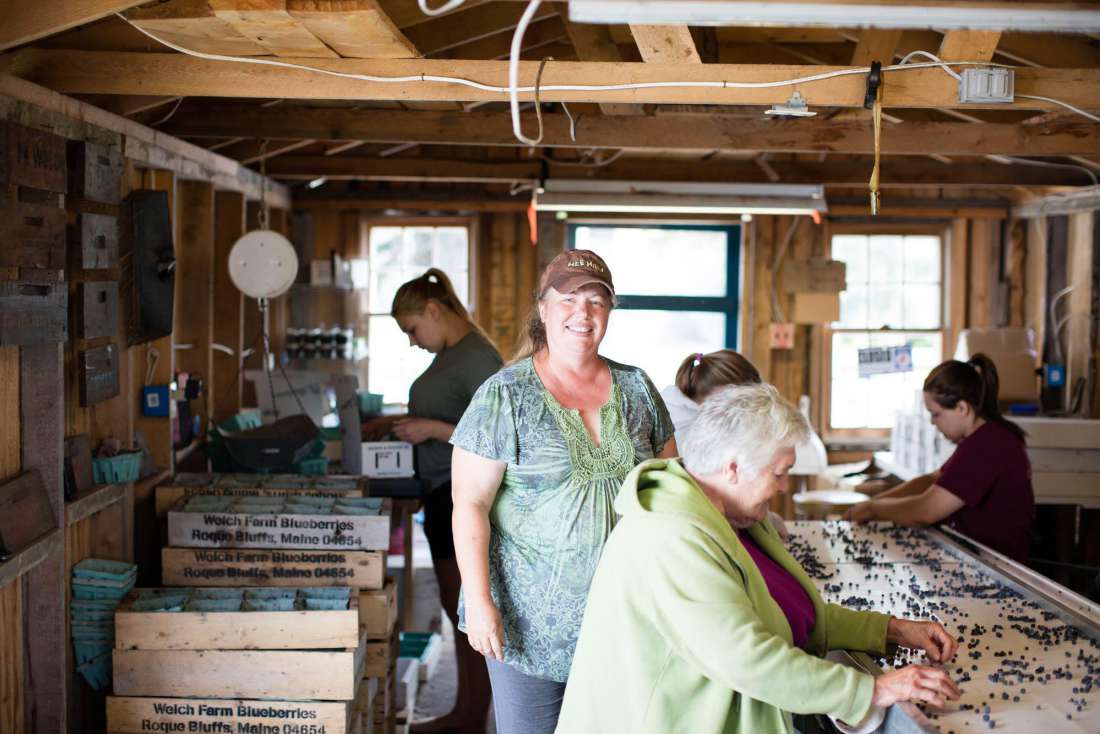
FAIR
The 147th annual Union Fair and Wild Blueberry Festival takes place at the show grounds in Union, a small farming town of approximately 2300 people in mid-coast Maine. The fair has all the usual attractions – animal exhibitions, pig scramble, round bale races and the demolition derby, but it is wild blueberries that take centre stage.
Top billing is given to the coronation of the Maine Wild Blueberry Queen, while the most prestigious of the baking categories at the fair is the two-crusted wild blueberry pie competition. First place is $100 plus the all-important trophy, coveted blue ribbon plus bragging rights.
Ten pies are entered in the 2016 competition, which is judged on “preparation, texture, flavour and overall appearance of both the crust and the pie filling”. The rules state that the only fruit allowed in the pie is the Maine wild blueberry, although you may use lemon for flavouring. The local news is present filming the hotly contested award and a crowd of onlookers take seats for the judging process, which goes on for close on two hours.
Angela Loavenbruck, a summer holidaymaker, is sitting in the front row watching the judges as they inspect the pies, holding them aloft to check the crust through the clear pie dishes.
Angela, 71, almost didn’t have an entry for this year’s competition. She was up at 5am baking two pies from a recipe she knows from heart and which she got from the back of a Crisco packet when she was about eight years of age, and hasn’t altered since. It was only at noon when she looked over the rules again that she noticed the pie had to be baked in a glass pie plate. “So, at noon I made a third pie,” Angela said. “It definitely isn’t going to be cold enough to cut. It would be better tomorrow.”
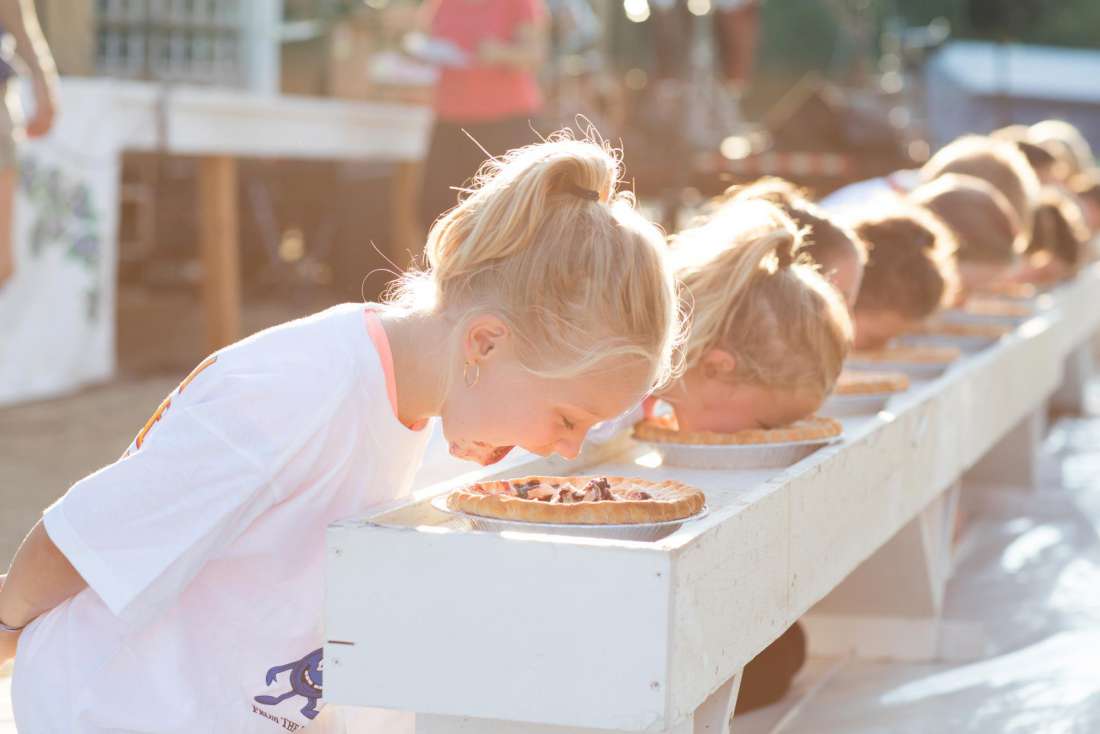
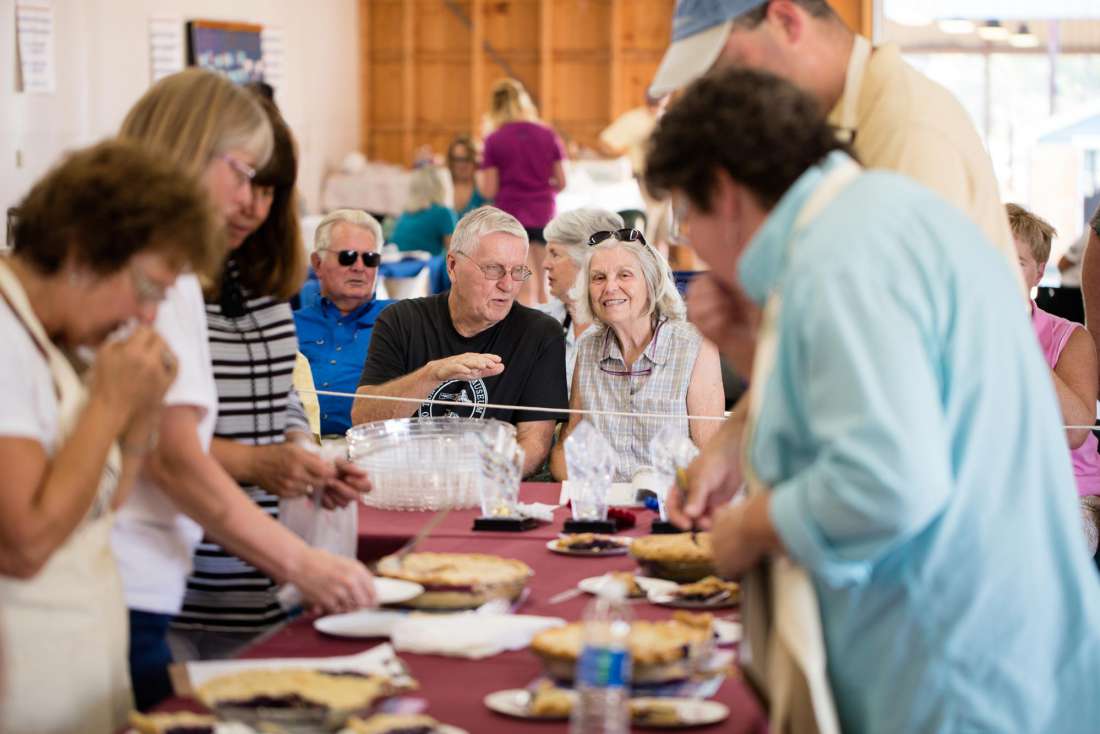
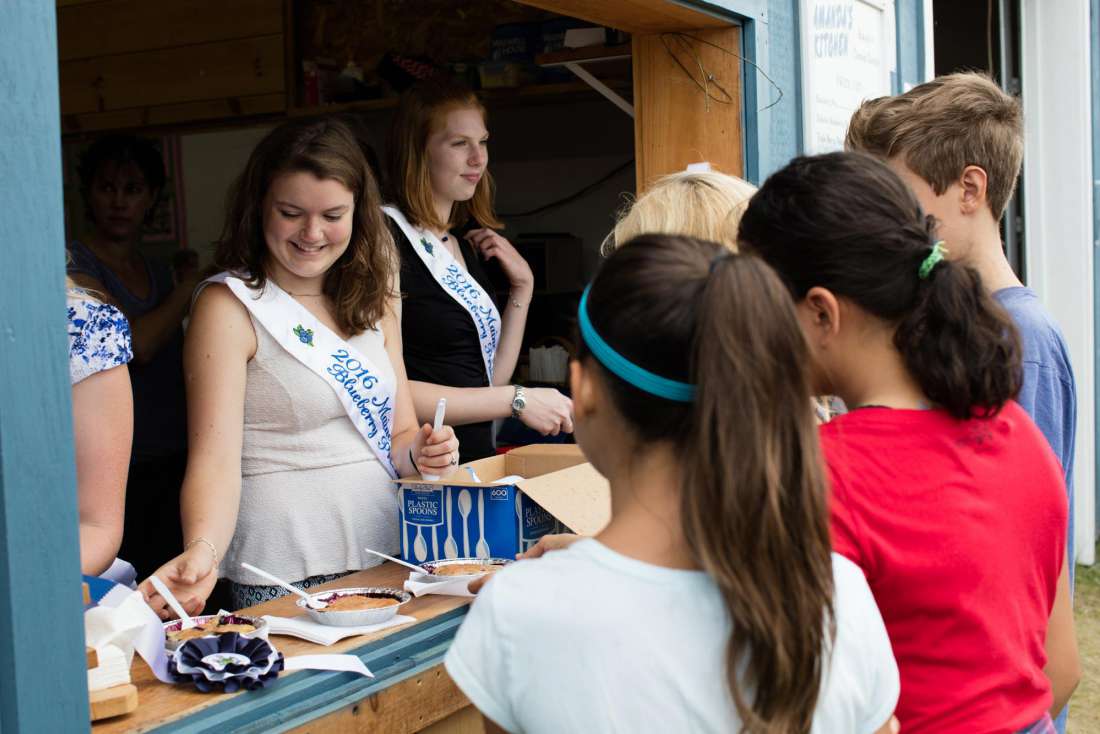
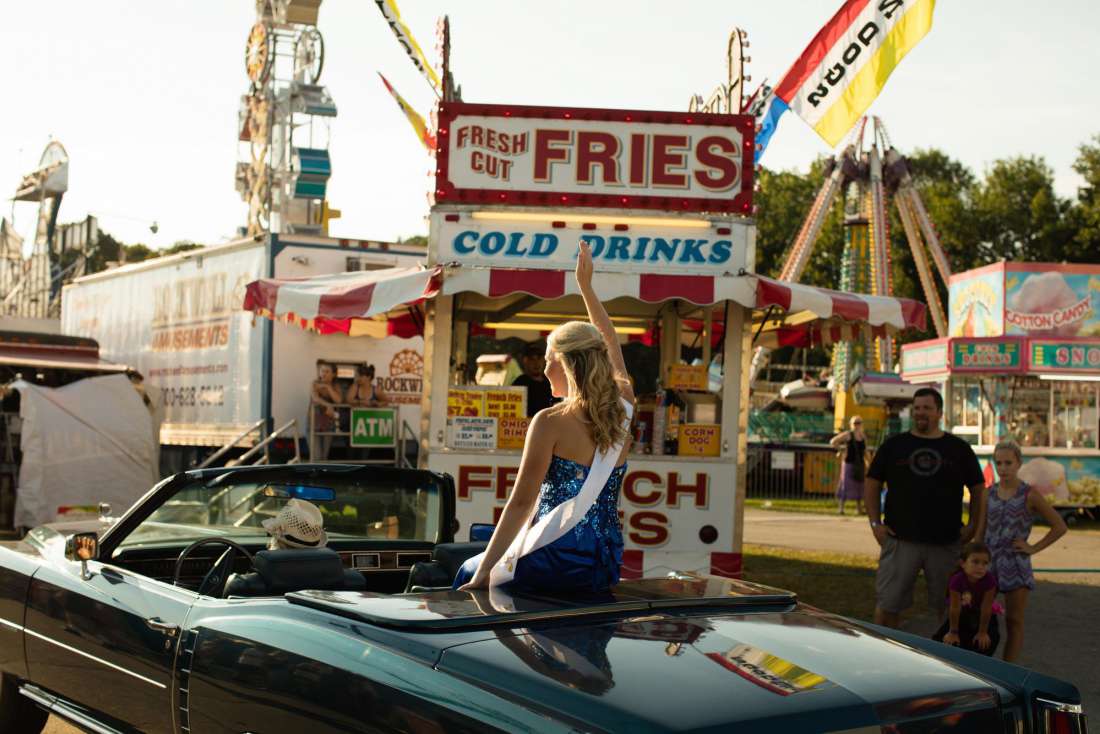
WILD BLUEBERRY QUEEN
Grace Powers, 18 years old, is the granddaughter of Brian and Marie Powers of Hart’s Blueberries and is one of the princesses vying for the role of the 2016 Maine Wild Blueberry Queen. Since the first queen was crowned in 1961, it has been the role of the queen to act as ambassador for the Maine wild blueberry industry, appearing statewide at parades, special state and charitable events.
The Maine Wild Blueberry Queen competition isn’t a pageant. In fact, several girls say they wouldn’t have entered if it was. There is no talent performance and no parading around in a swimsuit or ball gown. The girls are judged on an essay they write, a public Q&A session where they explain reasons why they’d make a good representative for the industry, as well as answering other questions about Maine wild blueberries and how they interact with the public at the fair.
The princesses are all sponsored by a local wild blueberry grower or processor. Given her grandparents have been working with blueberries since before she was born, it isn’t surprising that Grace has had a hand in all elements of the blueberry process – raking, processing and delivering the berries. She recalls the time when she and her brother raked up two nests of yellow jacket wasps resulting in 15 stings apiece, but were back raking by the afternoon.
“Your back hurts, your hands are blue, your feet are blue and of course your mouth is blue because you can’t keep away from the blueberries,” Grace says. “But it is the big cheque at the end of the season that is worth that back-breaking work. Not only that, but it’s work Mainers have done forever and I feel like it takes me back to my roots and gives me a sense of my home.”
The evening of the coronation, the princesses have finished their volunteer work around the fair for the day and have all donned a blue dress and are driven through the fairgrounds atop shiny vintage convertibles.
Prior to the coronation is the wild blueberry pie-eating competition. Young boys and girls excitedly run down from the grandstand when their names are called from the ballot, they kneel on the racetrack with their hands behind their backs and faces hovering above their pie until the hooter sounds. They have three minutes to eat as much of the pie as possible without using their hands. The bluest face doesn’t necessarily guarantee a win, and the parents in the grandstand above yell encouragement and strategy!
Finally the time comes for the evening’s main event. The miniature crown bearer brings the crown to the MC on a decorative cushion and with a flourish on the piano, he is handed the envelope. “The envelope is sealed,” he proclaims. Acknowledging the tension filling the grandstand, he narrates his actions: “My fingers are shaking, I’ve torn the envelope and our 2016 Maine Wild Blueberry Queen is Kimberly Maekin Reed.”
Following another flourish on the piano, the queen is carefully fitted with the crown and a velvet purple cape. There are photos, fireworks and, importantly for most people involved with the wild blueberries in Union, a sleep in tomorrow.
